Paris Motor Show 2010
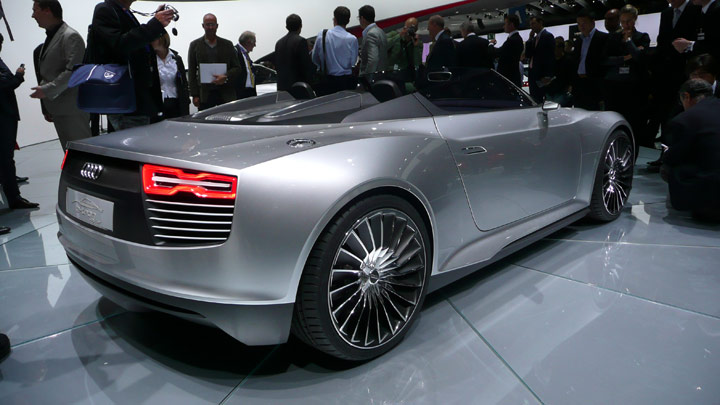
A genuine transition to cleaner driving is finally about to take flight, a new era in mobility that was confirmed by the displays at the 2010 Mondial de l'Automobile in Paris. There was a notable buzz – distinctly lacking in recent motor shows - surrounding the final major international motor show of 2010.
It is a pivotal time in the car industry. Now that we are well into the second century of the car, manufacturers are now finalising their response to demands for clean mobility. Ecological car design had initial teething problems - early proposals were awkward, impractical and often had very little familial resemblance to the parent brand. The effort felt forced, a box-ticking exercise to please the legislators and ease public concern.
The game has moved on. Now it’s a question of creating individual designs that simultaneously acknowledge the past and point to a marque's future. Zero emission motoring has come of age. ‘We are going through big changes in the automotive world,’ Peugeot’s design chief Gilles Vidal told W*. ‘Progress in this area won’t only be through engines and technological solutions, but about making our cars lighter, more efficient in terms of recycling. This is a global effort,’ he concluded.
So, how have car companies responded? The displays in the vast halls of Porte de Versailles showed that there are multiple solutions for clean, green driving. The simplest is, off course, to replace the old fossil fuel-powerful engine with a far more efficient modern one, be it hybrid, electric or flexi-fuel. Yet, some carmakers have opted for a little more showmanship.
Jaguar stole the limelight with its beautifully sculpted CX75 hybrid. Though purely conceptual at this stage, design director Ian Callum noted that the sports car pointed strongly to where he plans to take the marque in the near future. In particular, the elegant grille shape is very close to production.
Porsche finally confirmed it would be building the exciting 918 Spyder hybrid supercar first seen at the Geneva Motor Show in March. Speaking to us at the show, design director Michael Mauer explained that the car represents Porsche’s proposition for green mobility. ‘We can cohabit fun, speed and environmental and the 918 shows that you don’t have to compromise a sportscar by being ecological,’ he noted, adding that bar a few tweaks to pass legislation, the production car, due in 2013, will remain closely linked to the concept.
Audi and BMW also presented more electric variants to join their respective eco sub-brands. Audi unveiled the stunning e-tron Spyder and BMW announced plans to build a car based on its Vision Efficient Dynamic concept that, together with the Megacity Vehicle, will form part of its Project-I electric sub-group.
Wallpaper* Newsletter
Receive our daily digest of inspiration, escapism and design stories from around the world direct to your inbox.
France’s most successful car manufacturer, Peugeot, showcased a realistic and immediate proposition. On its stand were an array of thoughtful and achievable vehicles – from conventional cars to three and two-wheelers - some in production, others still in conceptual stage. All articulated an intelligent, stylish and desirable approach to ecological driving.
Fellow French marque Renault’s stand was also packed with practical green solutions. This included three electric cars: the 2011 production Twizy city run-around, and the Zoe and DeZir concepts. The latter marked a timely fresh visual language for Renault, led by head of design Laurens van den Acker. A year into the job, the Dutch designer is eager to make his own signature on the brand, and this electric sportscar, with its asymmetric scissor doors, makes a clear statement. Sister company Nissan showcased the Townpod, a flexible urban vehicle.
Serious weight loss was another running theme. The new Peugeot 508 saloon has shed 60kg compared to the outgoing 407, whilst offering a roomier cabin. Even Lamborghini’s Sesto Elemento carbon concept weighs under 1000kg - an extremely low figure for such a high-performance car.
Other cars worth noting are the second-generation Bentley Continental GT. Head of exterior design Raul Pires, who also penned the original 2003 Conti, said the new car is like a sharp, tailored suit. ‘We have tried to show that this car is not machine made,’ he explained. This is a very important car for Crewe as the original accounted for as much as 85% of the company's sales.
The real star of the Paris show, however, has to be Lotus. The Norfolk firm’s new boss Dany Bahar unveiled six new cars: three sport cars, a coupé, a saloon and a city car concept all at the same time - just as the press day was about to end.
The company has been making a loss for 15 years and the ex-Ferrari man intends to turn things around with a hugely ambitious multi-model revival plan. New cars include the Elite, a £100,000 plus supercar designed to challenge Ferrari and Aston Martin head on. In Bahar’s vision the current 2,400 units will increase to 5,000 by 2015 and 8,000 thereafter. How he plans to finance such a venture remains to be seen.
Lotus's new design director Donato Coco, also brought in from Ferrari, promised that all the cars will remain in the tradition of Lotus design. ‘We are a British sportscar manufacturer and our identity must express this,’ he told W* earlier in the day on the stand. ‘This is the most exciting British brand in the sense of originality and eccentricity. To me this means the capacity to assembly unexpected elements, materials and shapes. This is what we have done in these cars – assemble a lot of innovation in a scheme that looks really classic.’
Less of a grand statement, but nevertheless equally emotive, was the Audi quattro concept, built to celebrate 30 years of the original four-wheel drive quattro. Design director Wolfgang Egger admitted it was very difficult to redesign such an iconic car. ‘You have to move away from the car and just keep the essence of its purity,’ he told us as he demonstrated how he evolved the original 1984 Sport quattro into the show car, based on a shortened RS5.
‘It was a very angular car, but the modelling technology we have now allows for more dramatic surfacing,’ he said. ‘The impression of this car has to be the modern impression of the old quattro. We thought this must be more sexual.’
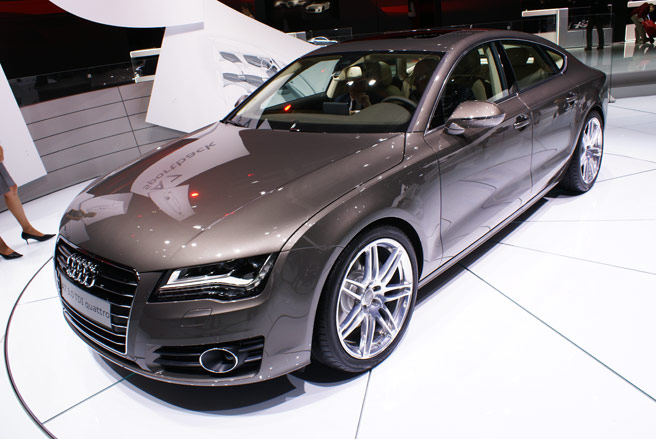
Audi A7 Sportback
The car fits into a new segment that already includes the very successful Mercedes-Benz CLS and BMW Gran Coupé. This is a four-door coupé-shaped saloon that sits four people comfortably and has the added benefit of a rear hatch for easy loading. A sharp crease that runs the length of the profile elongates the car, and a boot line that tails off minimises the rear overhang for an altogether more elegant shape. Inside the wraparound dashboard and lighter treatment of material point to the new interior design direction. The A7 is also the first in the Audi group to get an optional head-up display.
Available, January 2011. Starts at £42k
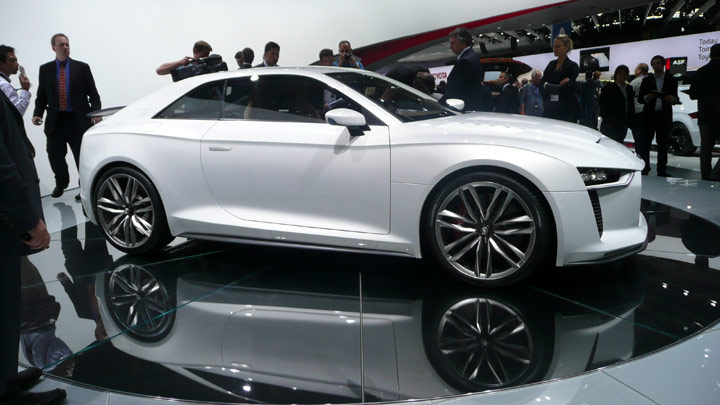
Audi Quattro
This is a concept car that celebrates 30 years of Audi Quattro by paying homage to one of the most iconic cars of the 1980s, the boxy 1984 Sport Quattro. Based on the V8-powered RS5 platform, but shortened by 150mm, the concept car will reach 62mph from standstill in just 3.9 seconds and hit 186mph, while still achieving 33.2mpg. Audi has hinted at producing the car within three years.
'It is very difficult to design an iconic car and not do retro design,' notes Audi design director Wolfgang Egger. 'From the start we had to be very hard with ourselves not to trace the original. You have to move away from the car and just keep the essence of its purity, its impression.'
Using advanced modelling technology Egger and his team softened the sharp lines and refined the surfaces to create what they believe to be a modern, and sexier, impression of the original car. The 1984 Sport Quattro had distinctive square fenders missing in the new concept. 'It is not a question of boxy or not boxy,' explains Egger. ‘We generally are moving from the box to the sculpture as this is a more emotional expression. The rear three quarter view is quite something. It is so much better than boxy,' he enthuses.
Inside is made of lightweight carbon and the treatment of the centre display points to future Audi design. 'We have taken away the centre display so instead of a rigid driver oriented area, it is now very free indicated by the concentration of technology,' says Egger, adding: 'Its more reduced, relaxed and driver oriented without being too obvious.'
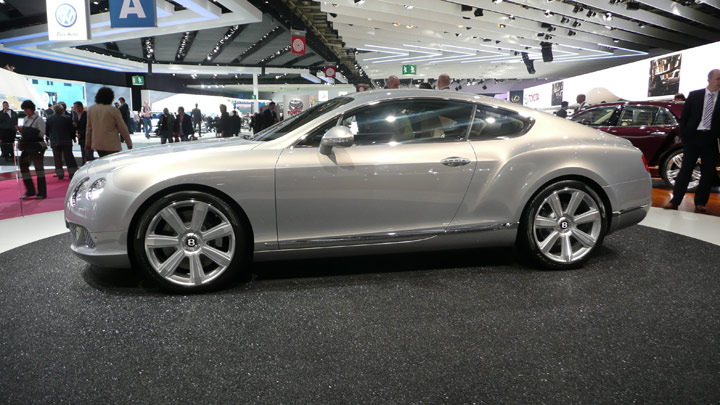
Bentley Continental GT
The second-generation Continental GT is a brand new model featuring new body panels and glass. It continues the signature styling cues of the 1950s R-Type Continental, featuring sharper feature lines, some refined body surfacing, a shallower glasshouse to give a sportier impression, and even more attention to detail to make this car noticeably more hand-made than the previous model.
Head of exterior design Raul Pires compares it to sharply tailored bespoke suits that are clearly not machine made. 'You can see this in the front-end where you don't see any shut-lines. It is almost like working with one sheet of metal, sculpting it,' he explains. This has also been achieved with intense attention to detail such as door handles that are discreetly mounted on the side character line blending into the pinch and distinctive headlamps, the outer lenses are daylight running lamps, as seen on the Mulsanne.
Inside boasts extra 46mm rear legroom thanks to thinner seat design. 'Inside we wanted to show that the car is almost handmade,' says Pires. The media interface features wider digital screen with touch sensitive controls, and the navigation system is powered by Google.
The Continental is aimed at a younger customer. Head of design Dirk van Braeckel believes Bentley may even attract men in their 30s. 'We wanted to seduce visually with the first glance,' says Pires.
Available from the first quarter 2011. From £135,760
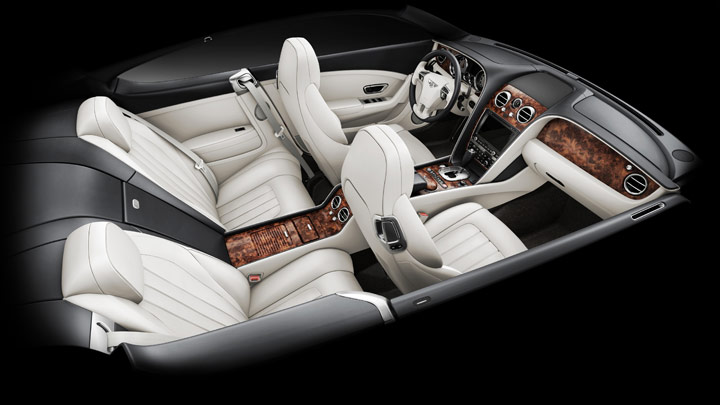
Bentley Continental GT
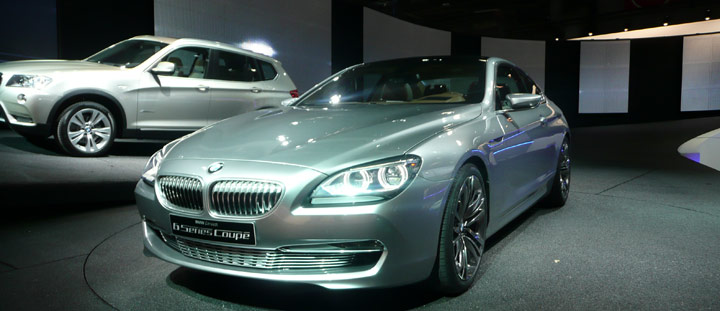
BMW 6 Series
This is a concept car representing the second-generation 6-Series, a car that proved to be a huge success for the Bavarian marque. The new interpretation of the coupé is a more cautious take on the daring original design. Director of exterior design Anders Warming says it is a more refined take on the car to fit more closely in with the rest of the BMW range.
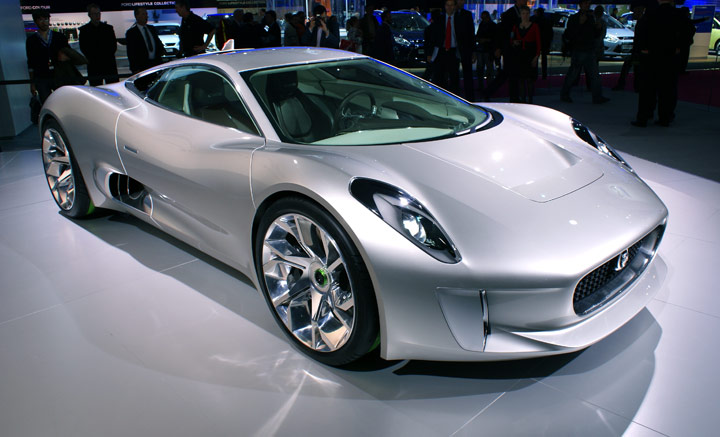
Jaguar C-X75
This is a mid-engined hybrid electric concept car that is a strong indication as to where Jaguar designers would like to be heading. The car won't make production but many of its features, most notably the grille design will. Powered by four electric motors, one at each wheel, developing a total of 780bhp, Jaguar claims the car will speed to 60mph in 3.4 seconds, accelerate on to 205mph and run for 68 miles in full electric mode before onboard gas turbines kick in to extend its range.
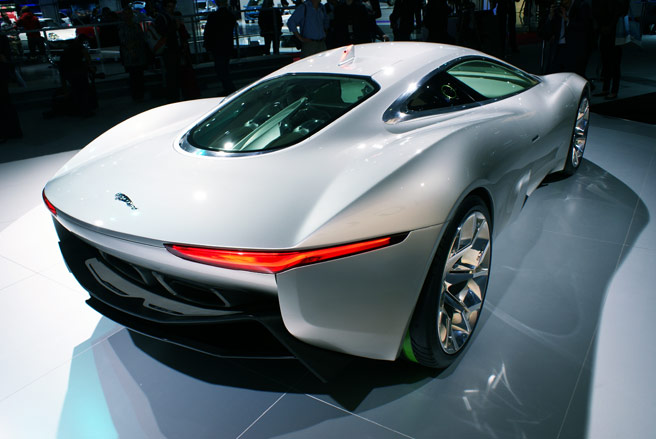
Jaguar C-X75
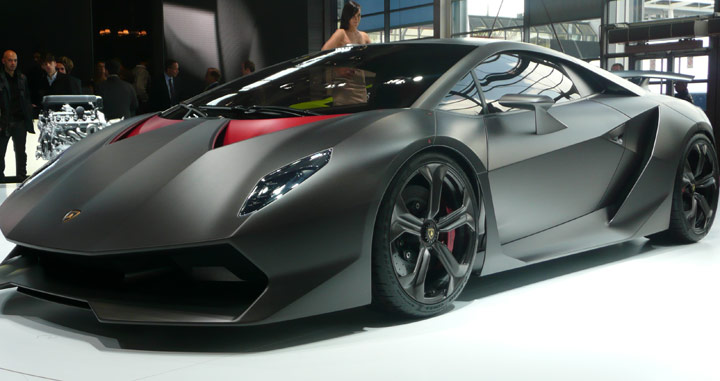
Lamborghini Sesto Elemento
The name means 'sixth element' – six being the atomic number of carbon in the periodic table. The concept features carbon-fibre-reinforced plastic technologies that will appear in future models rolling out of the Sant'Agata factory, including the forthcoming Murcielago replacement. Sesto Elemento weighs just 999kg and, thanks to its 570bhp V10 engine, accelerates to 62mph in just 2.5 seconds.

Lamborghini Sesto Elemento
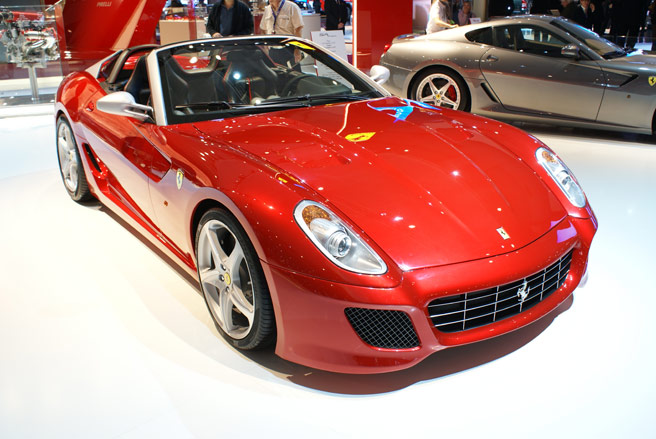
Ferrari SA Aperta
This strictly limited edition (80 will be built and all have been sold) of the open-top version of the 599 was built to celebrate 80 years of design consultancy Pininfarina.
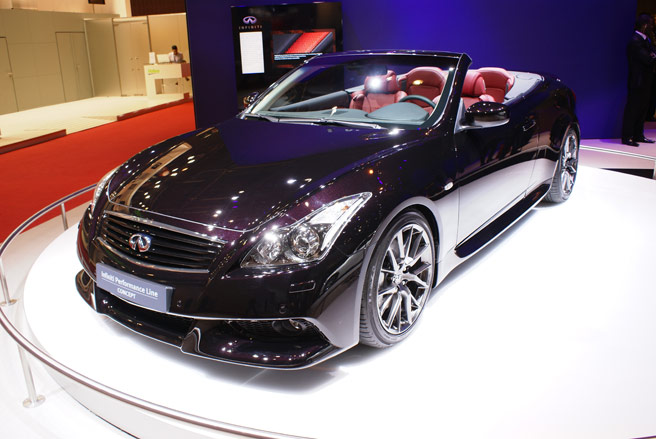
Infiniti Performance Line G Cabrio
Infiniti is still relatively new in Europe and Nissan's luxury arm is still working to make its mark on one of the toughest markets for executive driving. Only last month it opened its long-awaited London showroom in Park Lane and this new concept car is, according to the company, 'a tantalising vision of a new range of Infiniti models' for Europe. The Paris debut follows on from the unveiling in the US in August of the first production Infiniti Performance Line variant, the G Coupé.
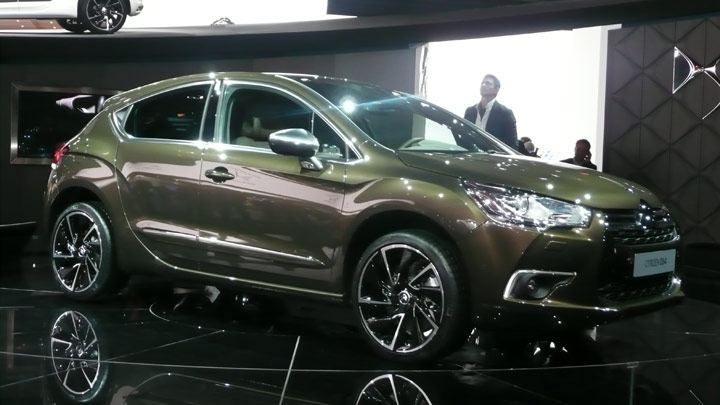
Citroën DS4
This is the second in the DS line that pay homage to the iconic car and includes the DS3. The DS4 production car stays true to the concept seen at the Geneva Motor Show in March.
Available from early 2011. Circa £17k
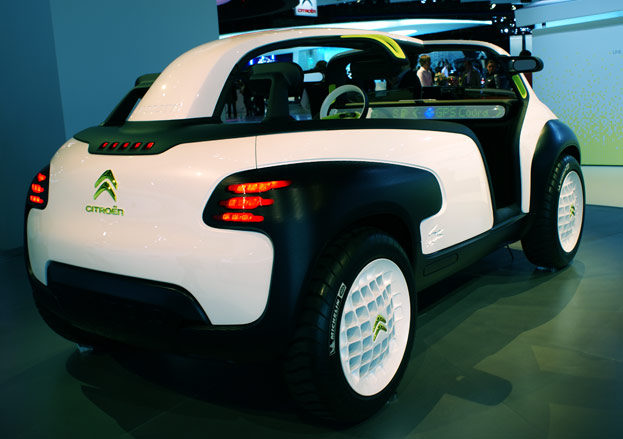
Citroen Lacoste
Citroën worked with fashion label Lacoste to create this concept car. The tiny 3.5m long cars doesn't have a roof or proper doors, but a central bar that runs from the top of the windscreen to the boot supporting handles for access to the rear seats. The carmaker has said it will make this car within three years, but with a roof.
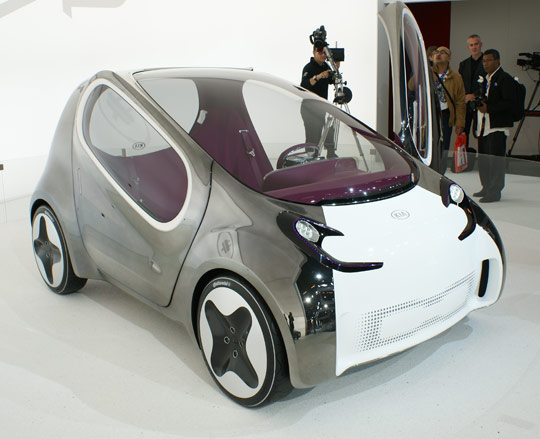
Kia Pop concept
A futuristic electric, three-seat city-car concept, only 3m in lengths, but boasting enough space for three adults.
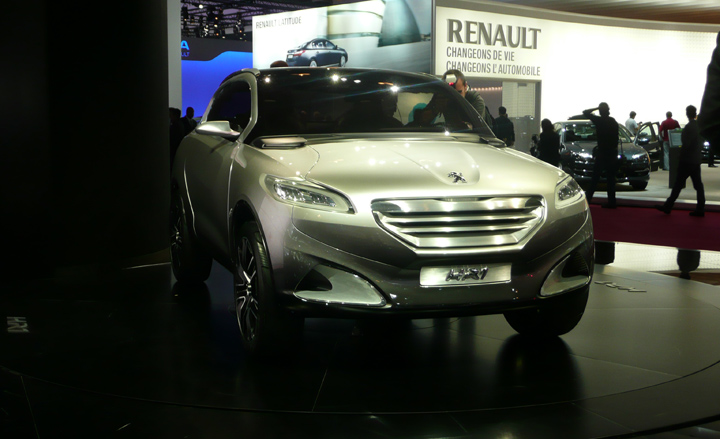
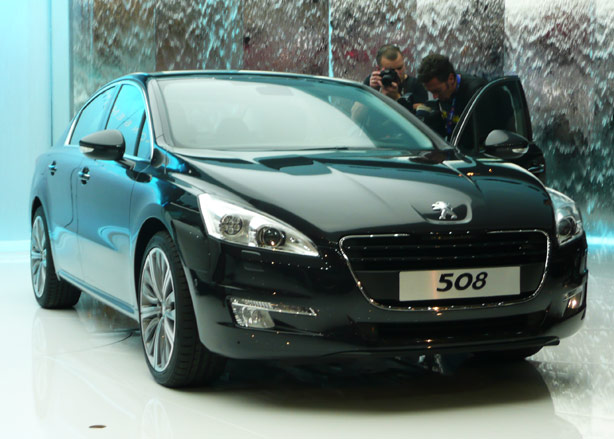
Peugeot 508
Replacing the 407 and 607, the 508 is the first car to indicate some of the bold design directions introduced by head of design Gilles Vidal in the SR1. Vidal who comes from sister company Citroen is keen to move the marque forward by embracing green design.
Vidal says with the future range he hopes to introduce more from the SR1 concept most notably the slim grille design. The greener cars become, he says, the smaller he can make the front air intake to suggest more efficient technology under the bonnet. ‘The same with the lights on the SR1 as they represent high LED technology and more precise lines. The body itself is sculpted to suggest lightweight something that we will do in our future cars themselves like we have in the 508.’
Available from February 2011, price to be confirmed
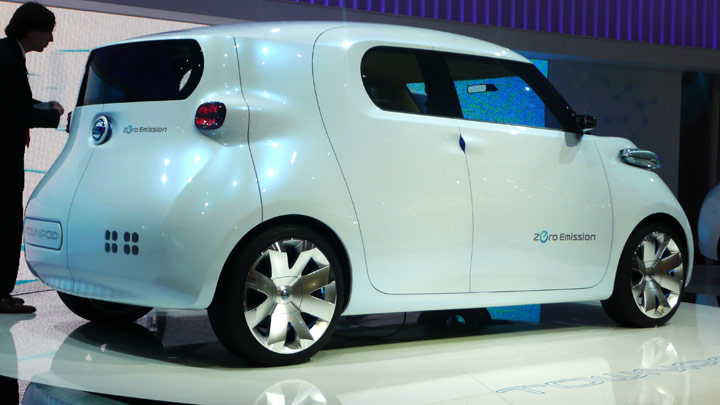
Nissan Townpod
The versatile electric urban vehicle concept offers an insight into how Nissan could expand its portfolio of zero-emission vehicles.
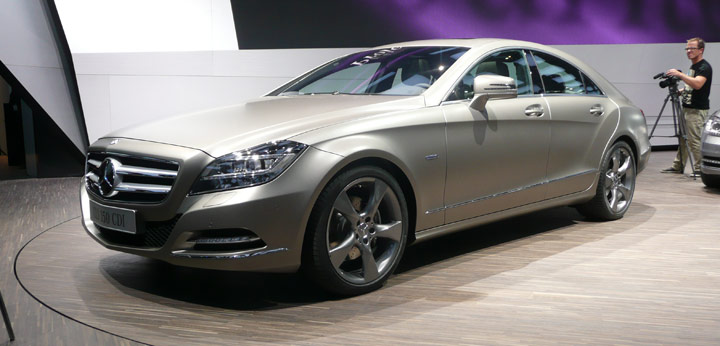
Mercedes-Benz CLS
The original CLS of 2004 hailed the arrival of the four-door coupé, a successful car selling over 170,000, the design was copied by rivals BMW and Audi. This is much more tamed version of the concept car shown at Geneva in March but the front-end treatment featuring a gaping grille design represents the new face of Mercedes cars. Each headlight unit contains 71 LEDs, which work on dipped and main beam, sidelights and indicators.
Available from March 2011, price to be confirmed in December
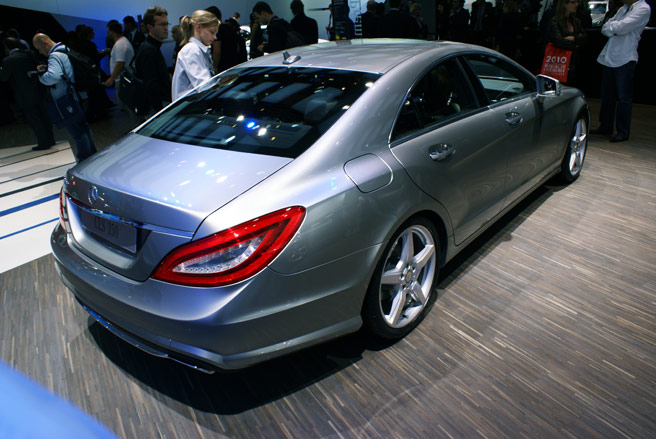
Mercedes-Benz CLS
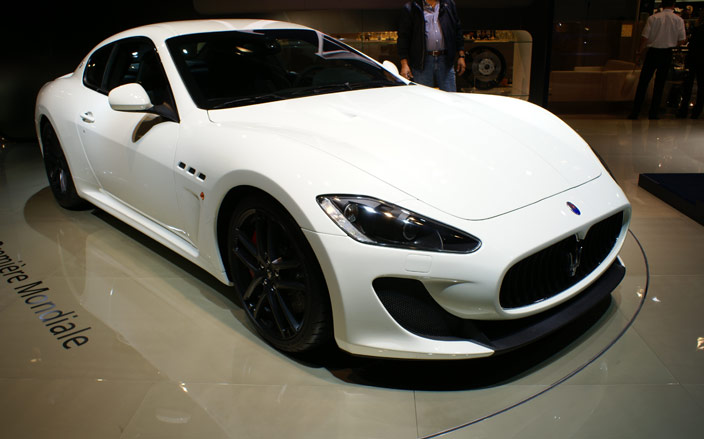
Maserati GranTurismo MC Stradale
The GranTurismo MC Stradale is the trident’s fastest, lightest and most powerful current vehicle. The coupe, which is inspired by the Trofeo GranTurismo MC and the GT4 race model, is powered by a 450 PS 4.7 litre V8 producing 510Nm of torque, a healthy increase over the standard GranTurismo S model.
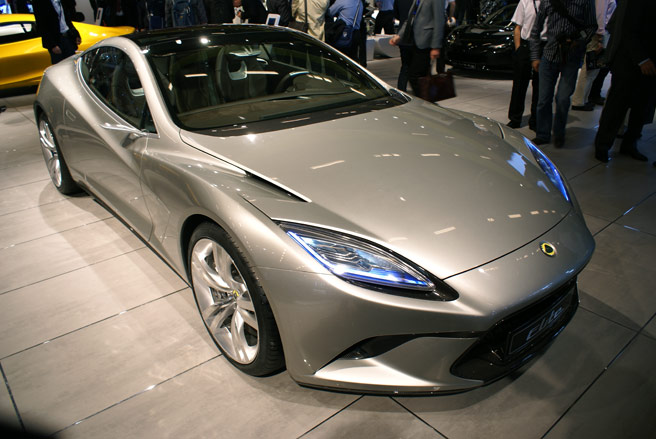
Lotus Elite
The concept is a front-engined, 2+2 super-coupé built to challenge Ferrari, Aston Martin and Porsche. This will be the third car in the marque's history to use the revered Elite name. It's powered by a supercharged, Toyota-sourced 5.0-litre V8, developing 610bhp at 8,000rpm. Hybrid technology is included, with the company estimating CO2 emissions of just 215g/km.
Head of design Donato Coco says the Elite has to be light looking, be strong and express power and elegance. 'Lotus is a car that performs with a certain style - it cannot look like any of the other cars around,' notes the Italian designer. 'To me the design expresses what this car is capable of. It has to be discreet, expressive, elegant and inspire respect on the road - we have to define our own territory.'
Coco notes that the Elite points to how he wishes to push Lotus design to be even more of a 'reduced and sculptural approach'. He expands on the theme: 'The car is very dry -- a few bones and a little muscle on top of it. The essential need to perform, and therefore seduce.'
Available from Spring 2014, circa £115k
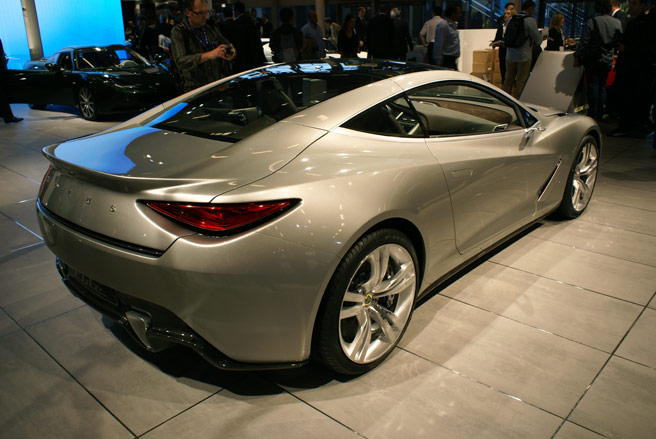
Lotus Elite
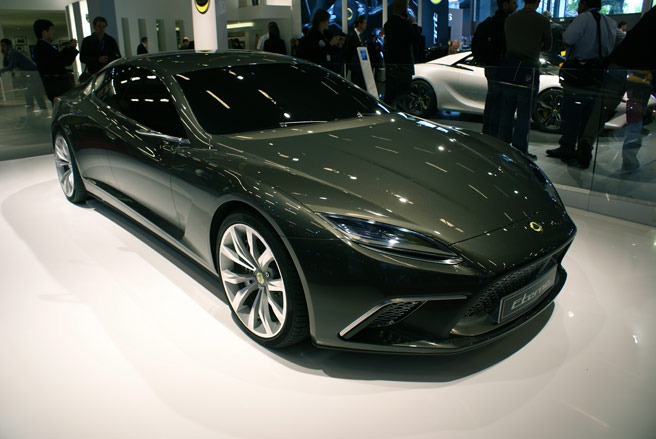
Lotus Eterne
The four-door, four-seater sports GT aims to take on the likes of the Maserati Quattroporte and Aston Martin Rapide. 'This is not an evolution of an existing two-door model, it’s a deliberate and considered stand-alone creation,' states Lotus CEO Dany Bahar.
Available from spring 2014, circa £120k
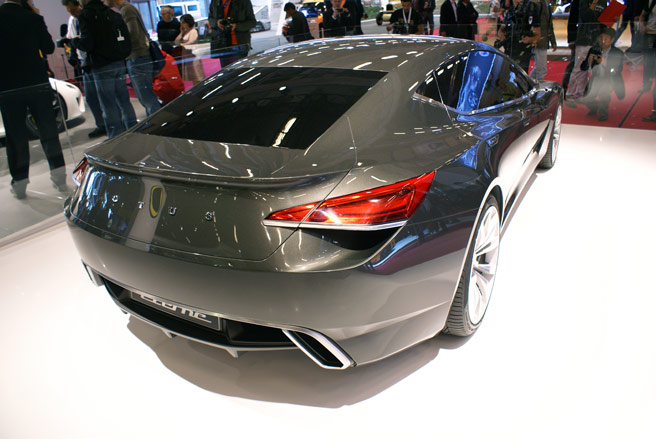
Lotus Eterne
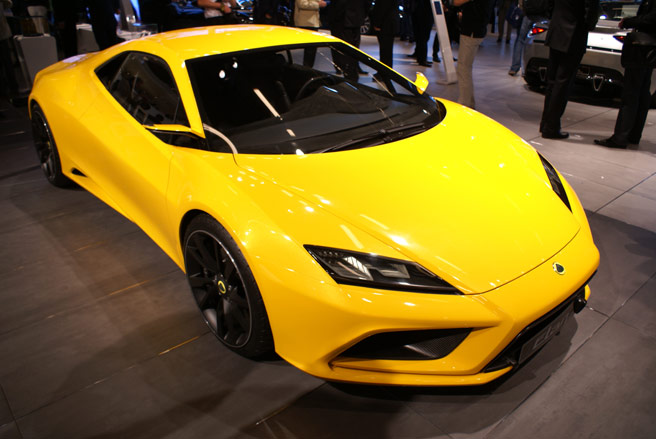
Lotus Elan
The Elan features a 4-litre V6 pressure charged engine capable of delivering up to 450ps - its relative lightweight of 1,295kg means its performance edges on supercar.
Available from Autumn 2013
Price: Circa £75k

Lotus Elise
The new Elise boasts a 2-litre inline 4 pressure-charged engine delivering up to 320ps, and should reach 62mph in just under 4.5 seconds.
Available from Spring 2015. Circa £35k
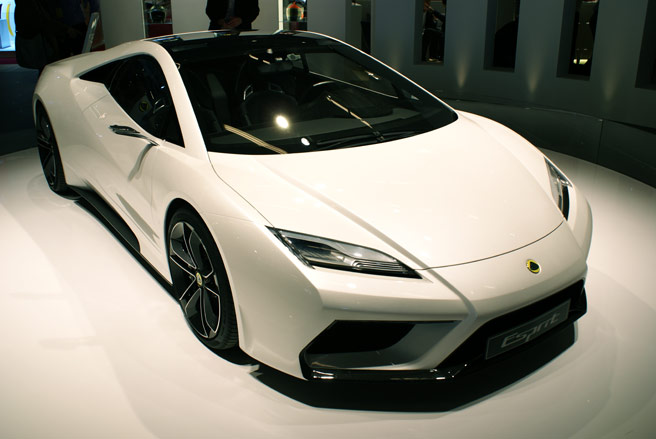
Lotus Esprit
This car is Lotus company chief Dany Bahar’s vision for the future of the marque. ‘It is the ultimate supercar. In the past when people thought of the Esprit, they thought of the movies, Bond, Pretty Woman, Basic Instinct but this time around, the car is the star of the show,’ he told us as he unveiled the car. Powered by a 5-litre V8 pressure charged engine delivering up to 620ps, the Esprit is definitely in the same visual territory as its rivals, but this crowded and highly competitive market is expected to be even more cut-throat by 2013.
Available from Spring 2013, circa £110k
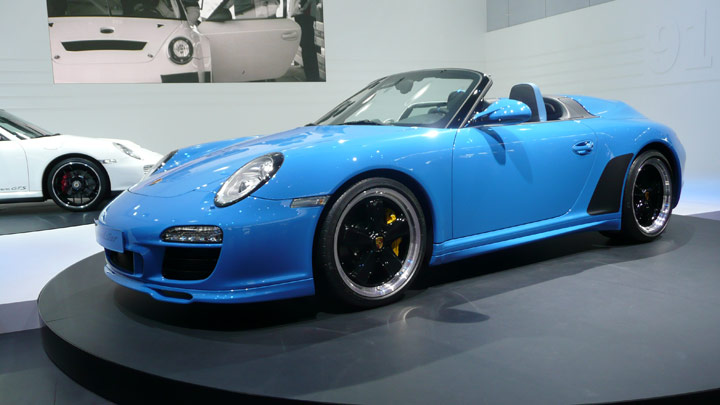
Porsche 911 Speedster
The 911 Speedster pays homage to the 1954 356 Speedster, arguably one of the most evocative cars built by Porsche. The new car comes with a manual cloth roof with a hard top swollen 'double-bubble' roof cover that is inspired by the original Speedster.
Head of design Michael Mauer explains how he designed 21st century Speedster: 'The new car has kept the basic DNA which crucially includes two seats, the prominent bump at the rear and a raked windscreen -- but off course adapted to a modern-day Porsche.'
Designed by Porsche Exclusive that earlier in the year produced another limited edition collectable car the duck-tailed 911 Sport Classic, only 356 Speedsters will be made. 'These are limited edition and expensive cars so most people who buy them really love to have one and keep them as a collectors item,' says Mauer. 'We did very well with the Sports Classic last year and now this -- we'll judge after we see how this is perceived.'
Available from January 2011, from £144k
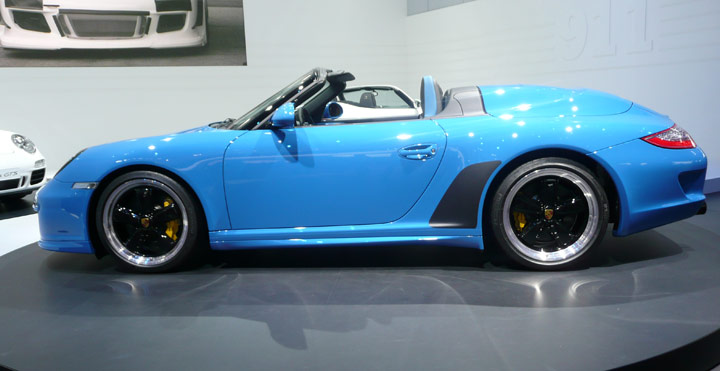
Porsche 911 Speedster
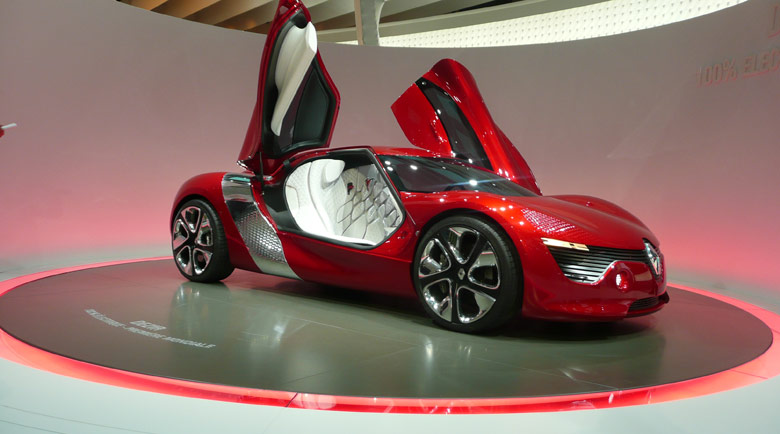
Renault DeZir
This mid-engined, all-electric sports car featuring asymmetric scissor doors is very much a showcase for Renault’s bolder design direction.
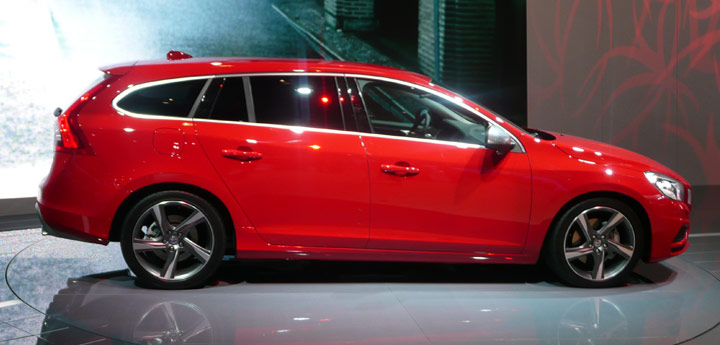
Volvo V60
This is the first of Volvo’s new cars to make a statement against all associations made to the marque’s quintessential boxy design language. Design director Peter Horbury, who made a brave move a year ago rejoining the then troubled Swedish carmaker from Ford North America, is keen to move Volvo away from what he sees as a tainted image.
Available: November 2010
Price: TBC
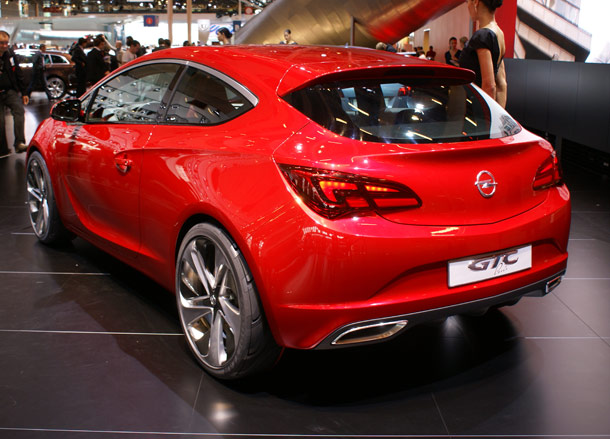
Opel/Vauxhall Astra GTC
Opel/Vauxhall design chief Mark Adams says that the production car will not stray far from the ‘bold, pure and iconic’ look of the concept – and it could even be called the GTC.
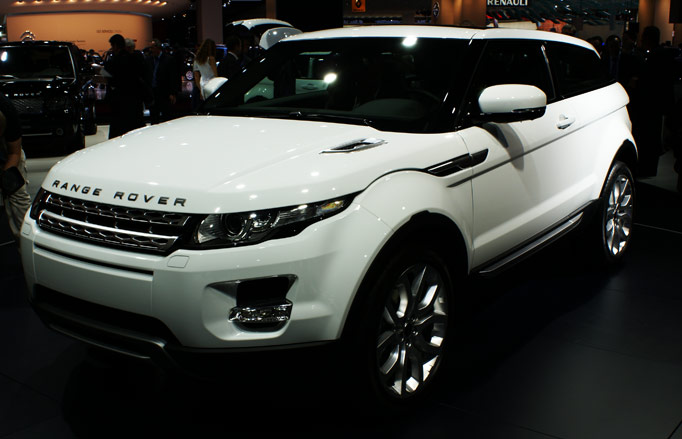
Range Rover Evoque
This is the 'baby' Range Rover for the marque, and the company's first two-wheel drive offering.
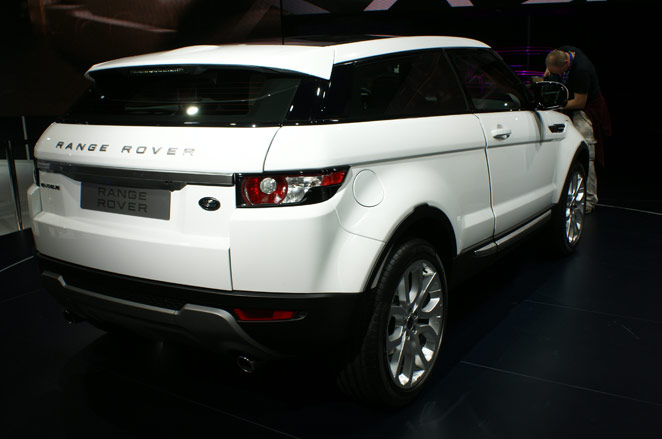
Range Rover Evoque
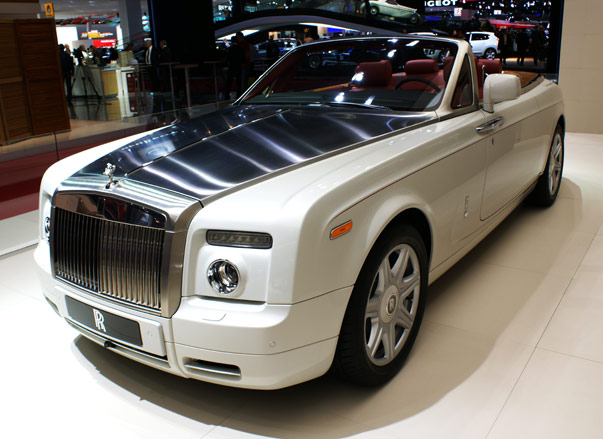
Rolls Royce Phantom Drophead Coupé
The white metallic Phantom Drophead Coupé featuring hotspur red leather is part of the luxury marque’s more bespoke collection.
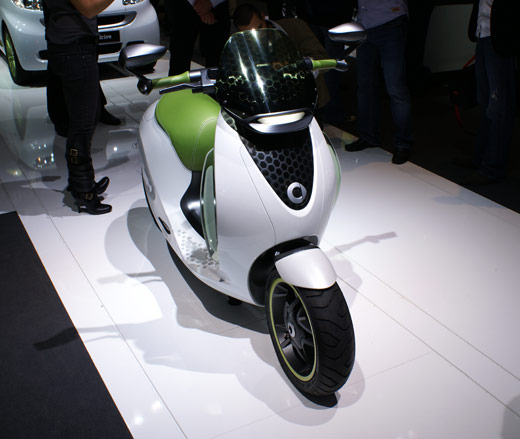
Smart E Scooter
Smart wants to test public reaction to this plug-in electric scooter before deciding if two wheels are better than four.
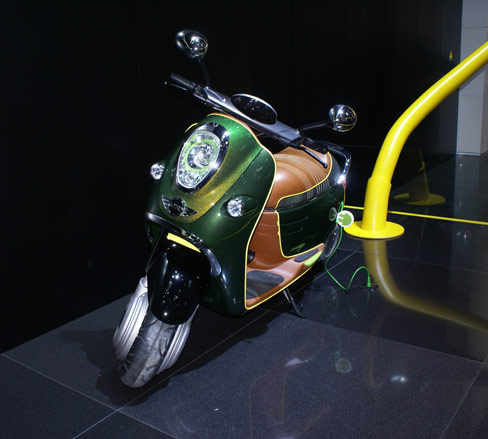
Mini E Scooter
Mini is venturing into the two-wheeler market with this electric scooter concept.
A writer and editor based in London, Nargess contributes to various international publications on all aspects of culture. She is editorial director on Voices, a US publication on wine, and has authored a few lifestyle books, including The Life Negroni.
-
 Extreme Cashmere reimagines retail with its new Amsterdam store: ‘You want to take your shoes off and stay’
Extreme Cashmere reimagines retail with its new Amsterdam store: ‘You want to take your shoes off and stay’Wallpaper* takes a tour of Extreme Cashmere’s new Amsterdam store, a space which reflects the label’s famed hospitality and unconventional approach to knitwear
By Jack Moss
-
 Titanium watches are strong, light and enduring: here are some of the best
Titanium watches are strong, light and enduring: here are some of the bestBrands including Bremont, Christopher Ward and Grand Seiko are exploring the possibilities of titanium watches
By Chris Hall
-
 Warp Records announces its first event in over a decade at the Barbican
Warp Records announces its first event in over a decade at the Barbican‘A Warp Happening,' landing 14 June, is guaranteed to be an epic day out
By Tianna Williams
-
 Peugeot’s sparky 308 gets hybrid power and handsome lines
Peugeot’s sparky 308 gets hybrid power and handsome linesThe Peugeot 308 proves that mass-market design needn’t be dull, blending hybrid power with sharp lines and excellent detailing
By Jonathan Bell
-
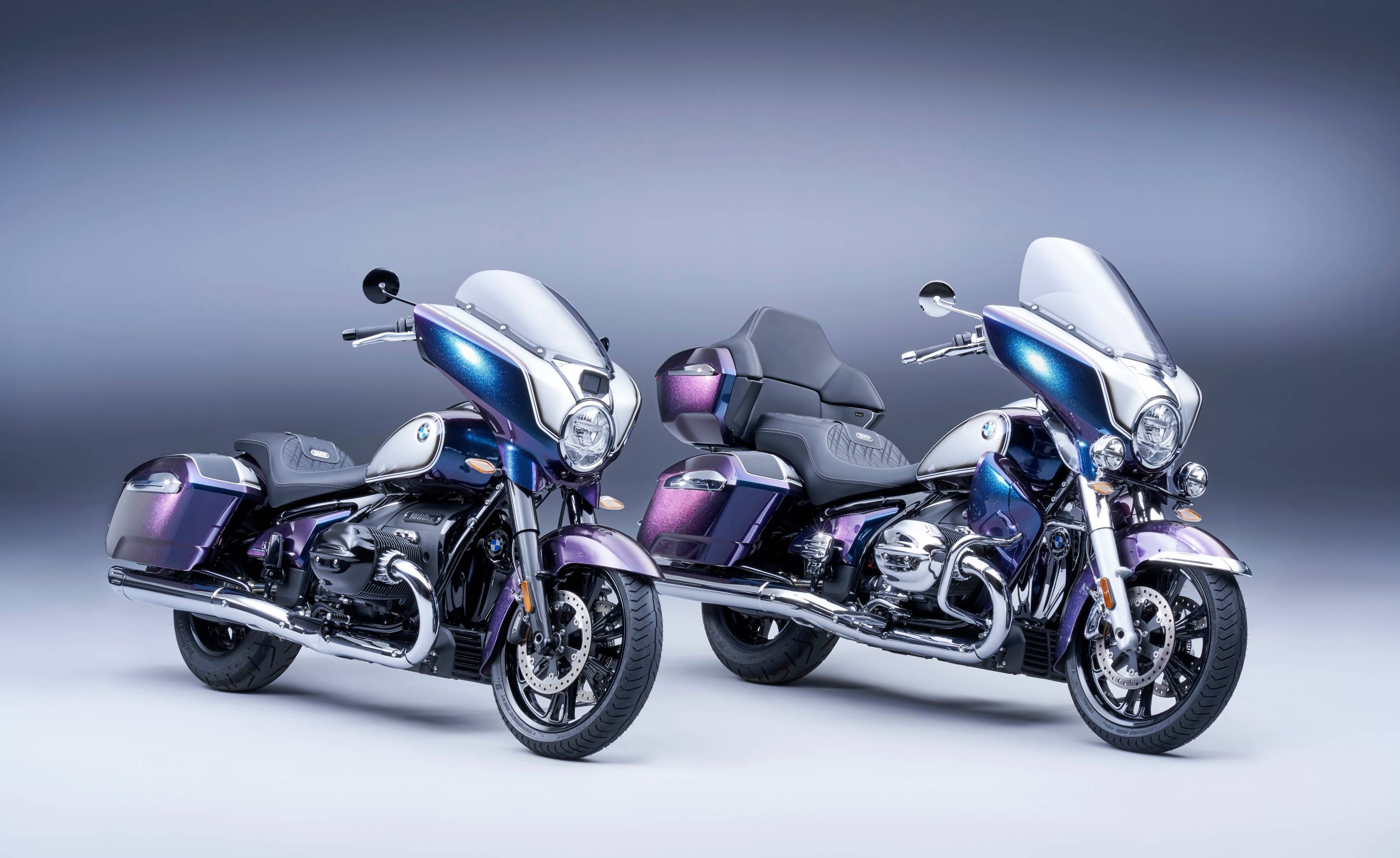 BMW Motorrad brings out the big guns for its newest cruisers
BMW Motorrad brings out the big guns for its newest cruisersBMW Motorrad R 18 Bagger and Transcontinental set the tone for high-voltage cruising with a brand collaboration with speaker specialist Marshall
By George Chapman
-
 Dacia’s new Manifesto concept is a true outdoor utility vehicle
Dacia’s new Manifesto concept is a true outdoor utility vehicleUtilitarian auto brand Dacia sets a bold new agenda with its Manifesto, a concept car pitched at the active outdoor market
By Jonathan Bell
-
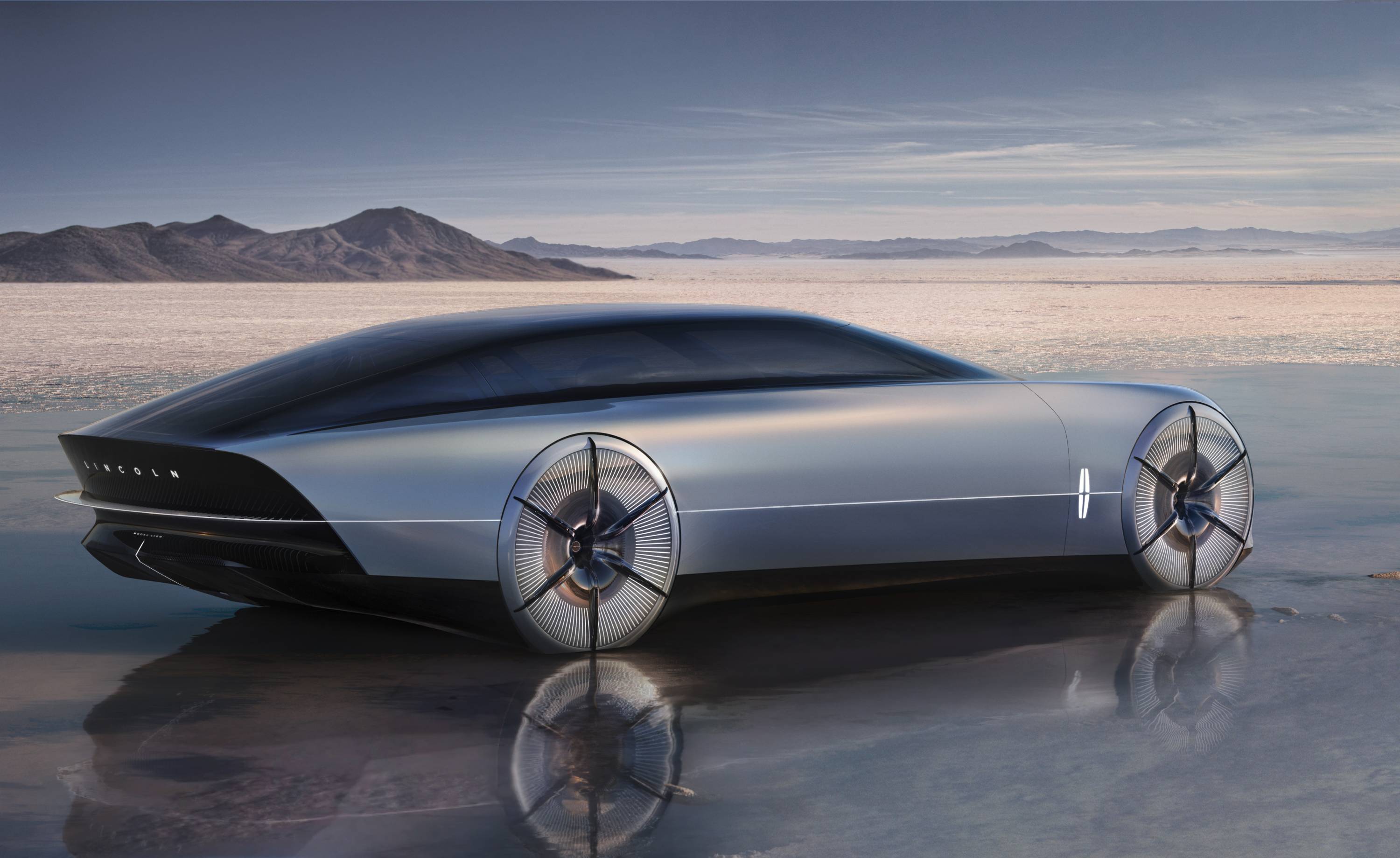 The sun sets on traditional supercars at California’s Monterey Car Week
The sun sets on traditional supercars at California’s Monterey Car WeekMonterey Car Week, the world’s most prestigious car gathering, is showcasing ever-more extravagant special editions, coachbuilt cars and all-new electric concepts. Here are seven key machines from 2022
By Rory FH Smith
-
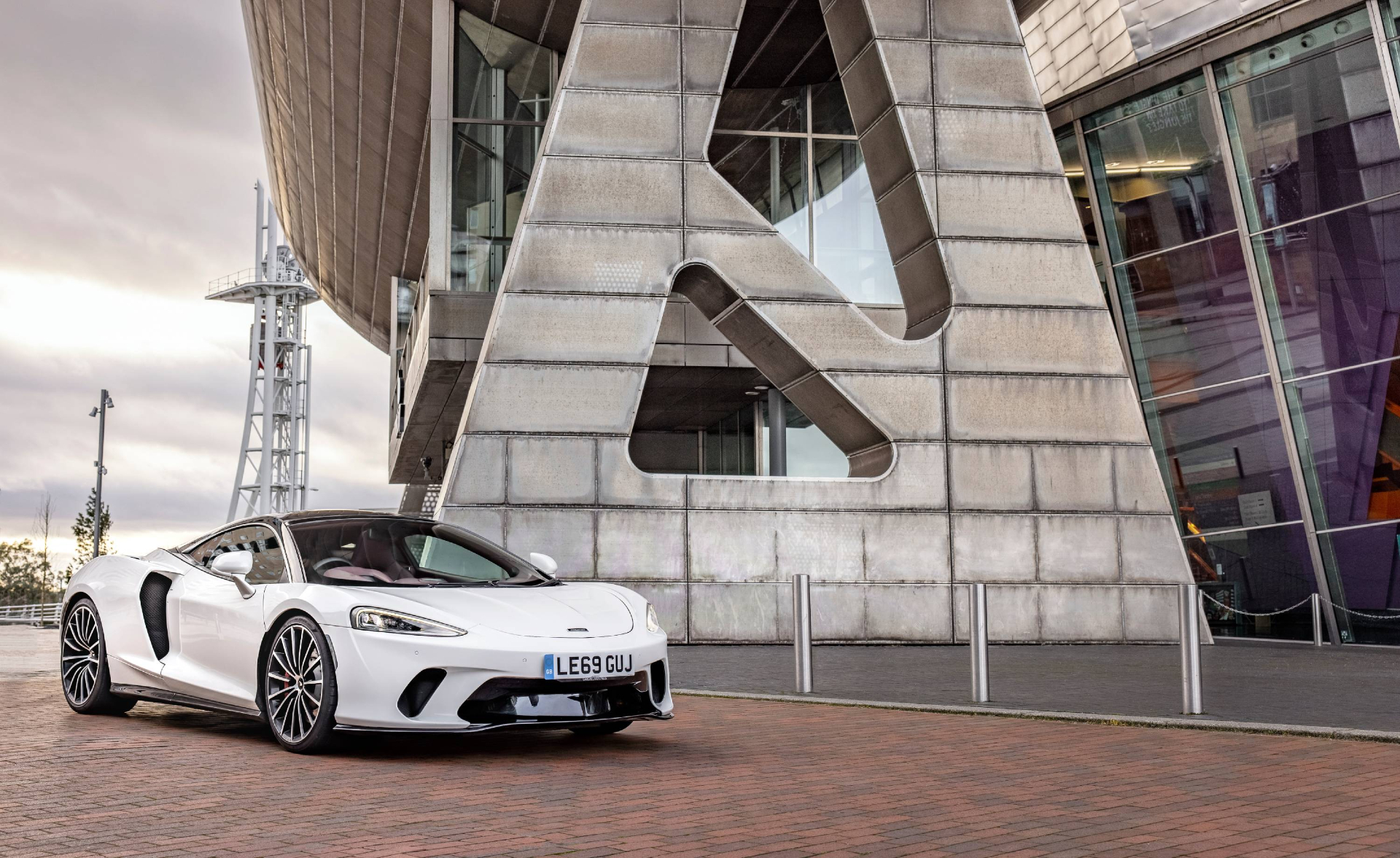 Is McLaren’s GT a sports car, a tourer, or the best of both?
Is McLaren’s GT a sports car, a tourer, or the best of both?The McLaren GT is a capable all-rounder dressed up in svelte supercar clothes. It might also be the last of its type
By Jonathan Bell
-
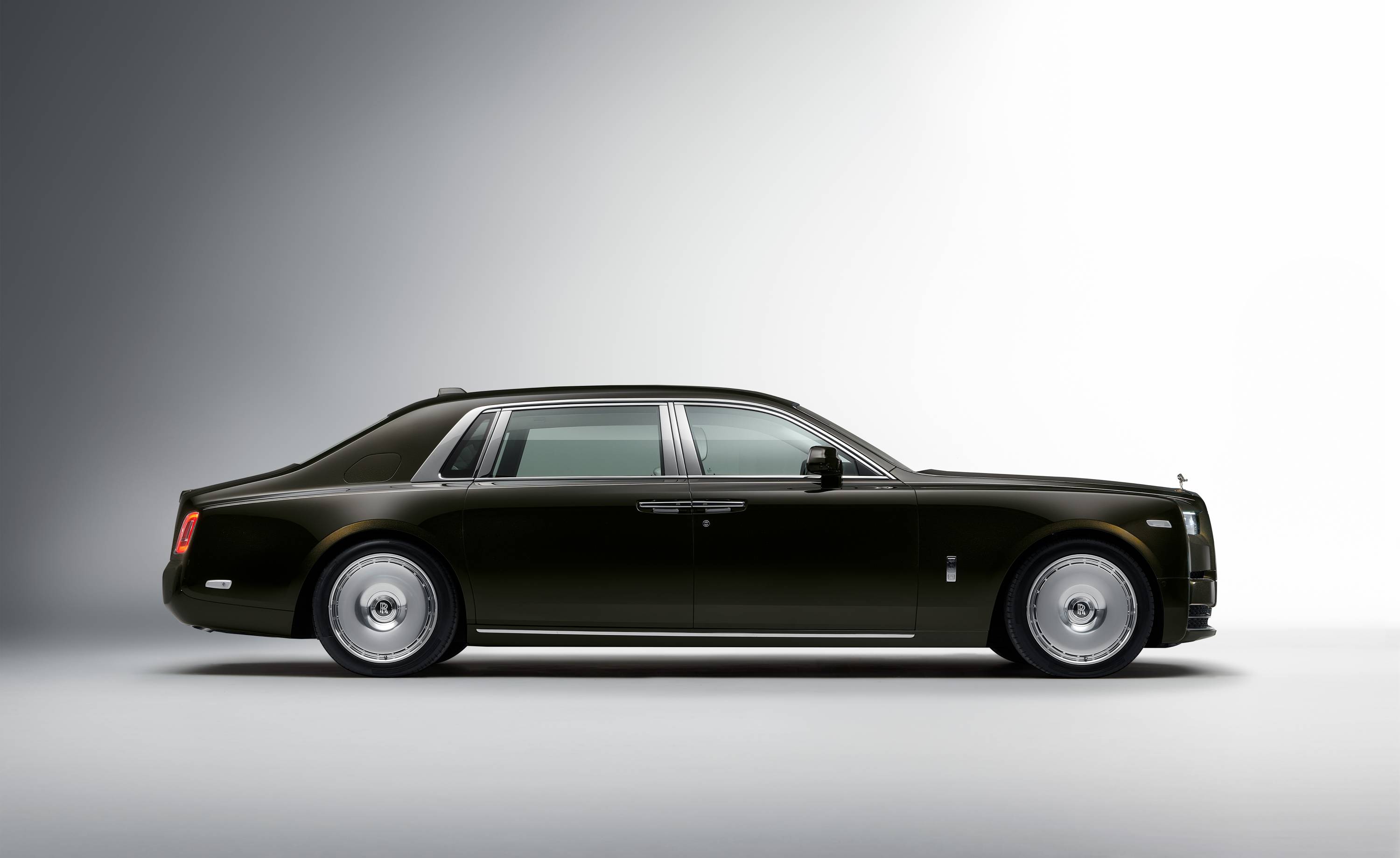 Rolls-Royce puts the Phantom back on its lofty pedestal
Rolls-Royce puts the Phantom back on its lofty pedestalA mid-life refresh ensures the flagship Rolls-Royce Phantom Series II is at the top of its game, a last hurrah for traditional engines before an electrified future
By Jonathan Bell
-
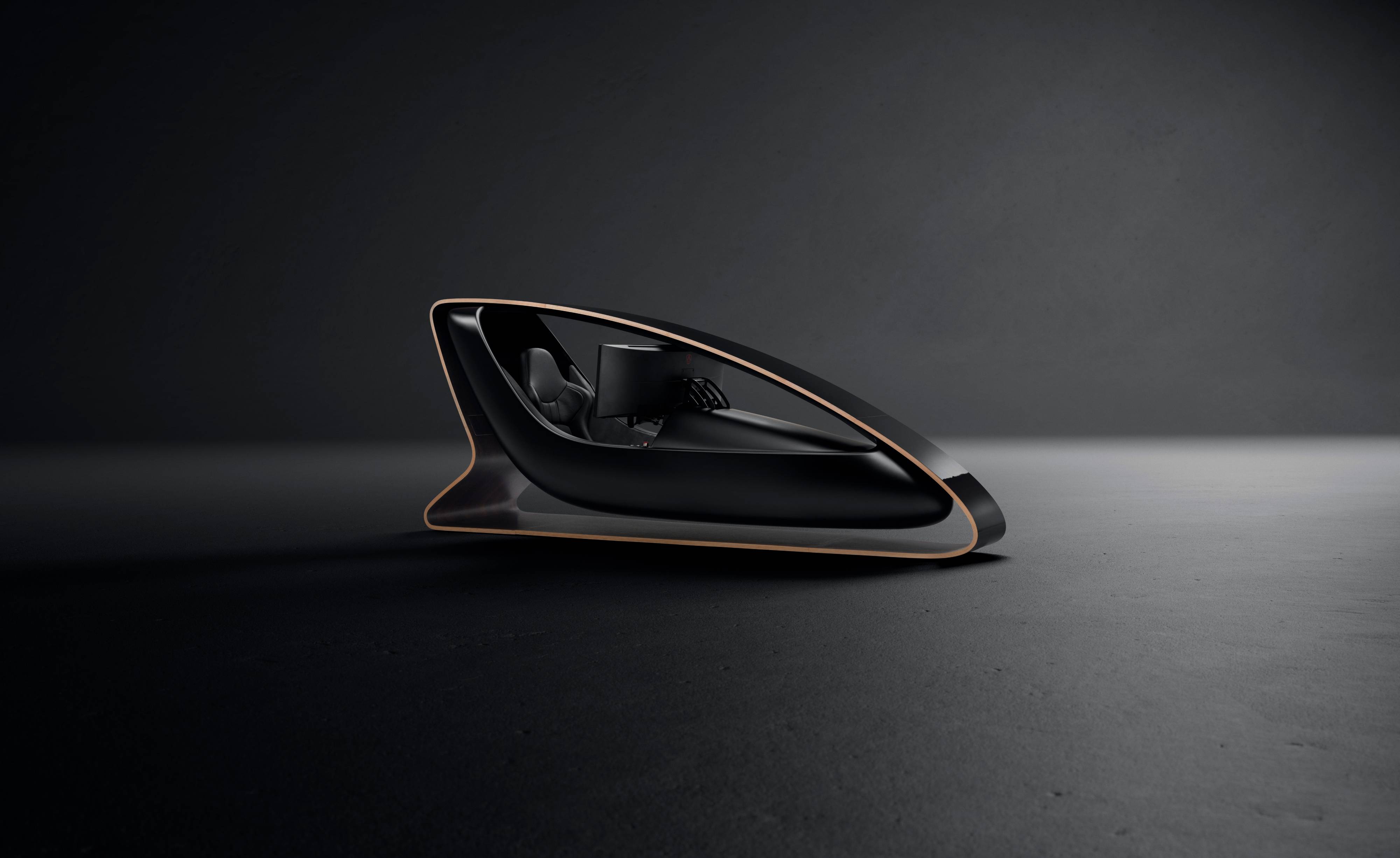 Prodrive’s new racing simulator is shaped by Callum to be front of the grid
Prodrive’s new racing simulator is shaped by Callum to be front of the gridThe racing simulator shapes up – this new design from Prodrive and Callum is honed for the high-end games room
By Jonathan Bell
-
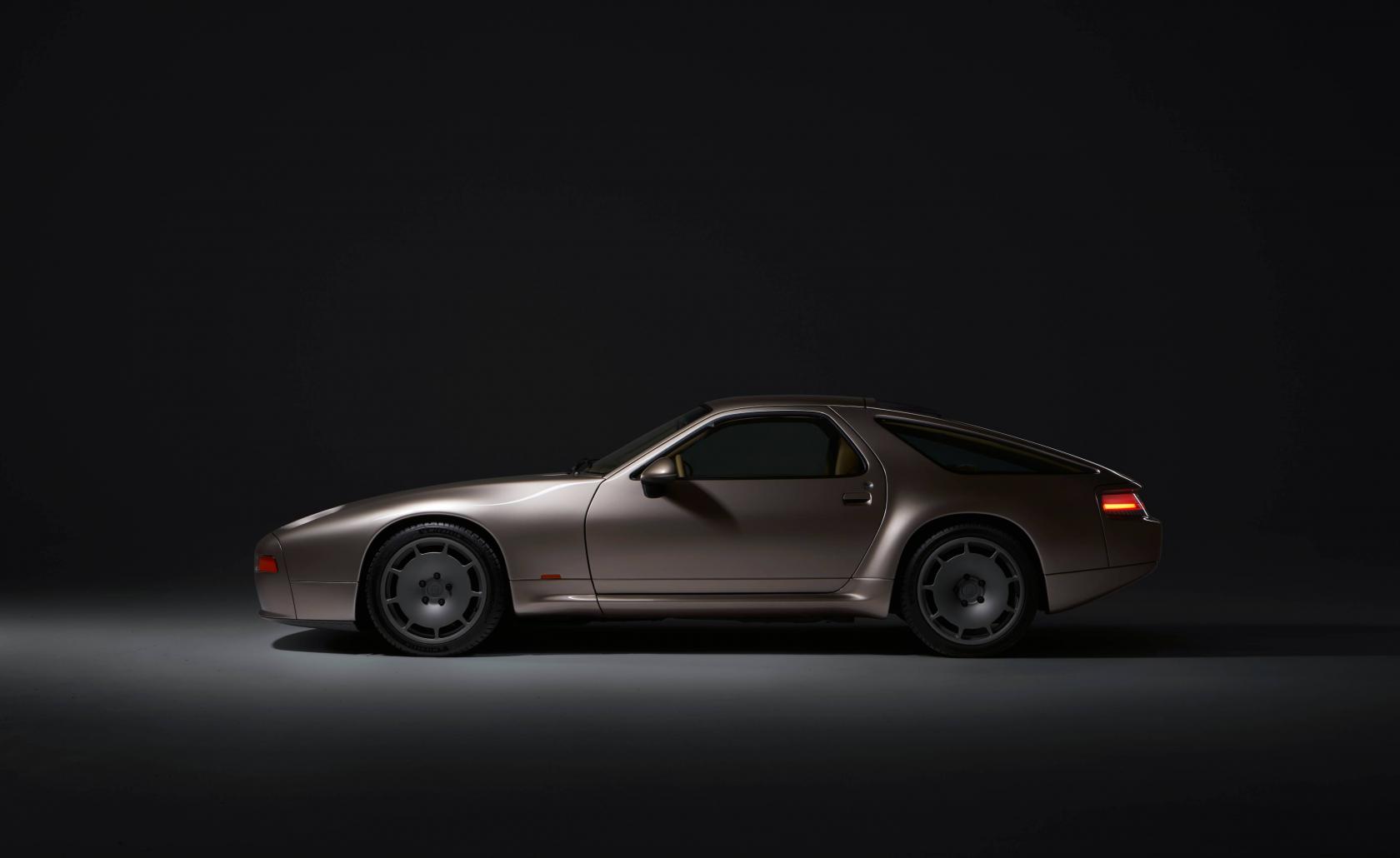 928 by Nardone Automotive: a restomod Porsche with Gallic verve and Italian style
928 by Nardone Automotive: a restomod Porsche with Gallic verve and Italian style928 by Nardone Automotive is a gracefully modernised version of Porsche’s endearingly different 928
By Jonathan Bell